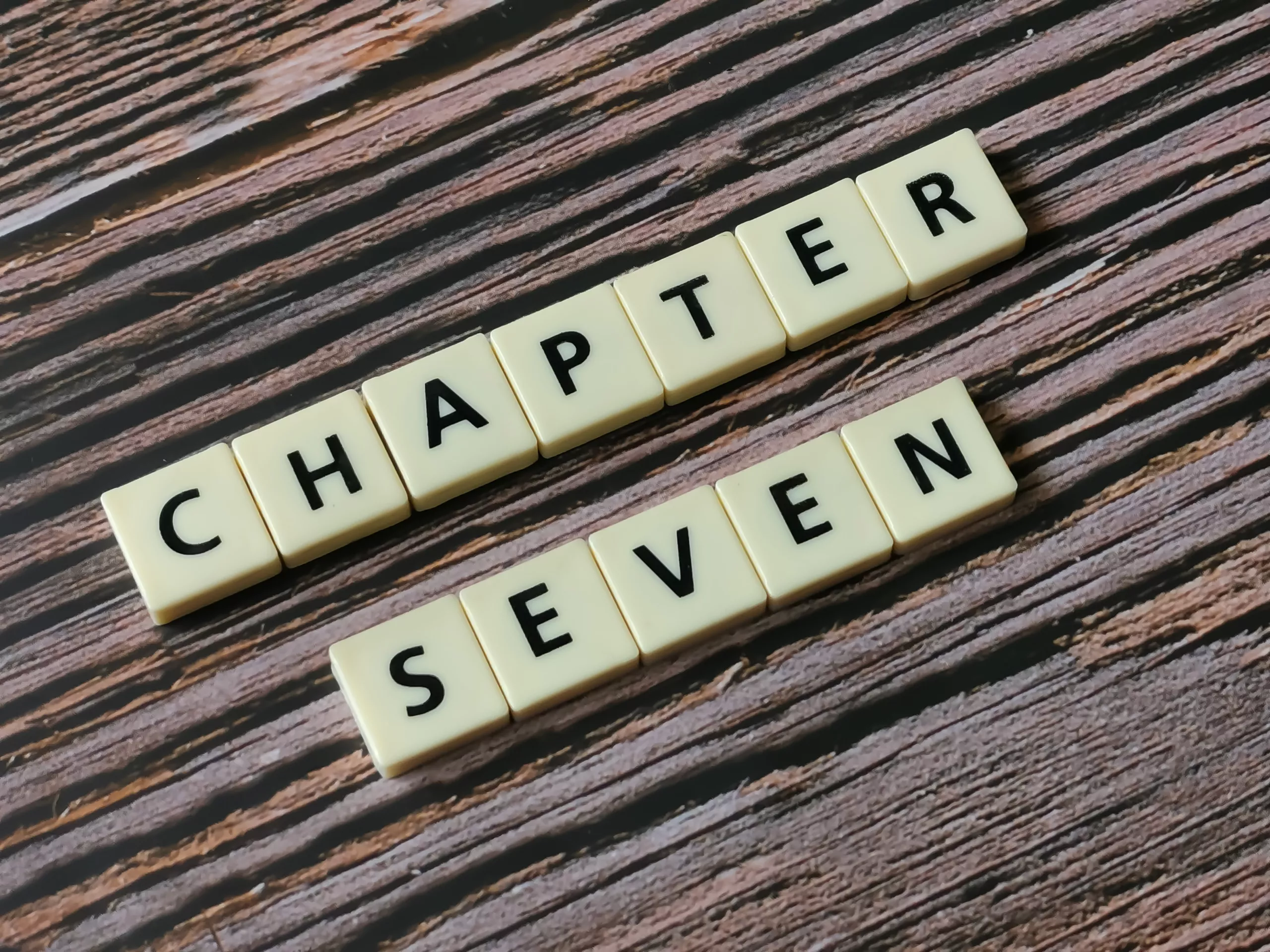Through Chapter 13 bankruptcy, a debtor’s obligations aren’t fully discharged. Rather, they are restructured to allow creditors to get some of the money they are owed. Meanwhile, debtors benefit from a more realistic payment schedule. A “cramdown” is one way to reduce payments in a Chapter 13 bankruptcy. The cramdown is a way to reduce the principal balance or interest rate on a secured loan.
Lowering Your Car Balance
With a cramdown, you may be able to lower the balance due on your vehicle. This allows a debtor to keep their vehicle without owing more than the vehicle is worth. Consider an individual who owns a vehicle that is worth $5,000. The balance on their car loan is $7,500. Through Chapter 13 bankruptcy, they can cram down the balance of the loan to $5,000. The remaining $2,500 is added to their unsecured debt, of which they will in many cases only pay a small percentage.
Reducing Your Interest Rate
Depending on the details of your secured loan, you might be able to reduce the interest rate. On large loans, such as investment property mortgages or car loans, a lower interest rate can make a significant difference in your monthly payment. The bankruptcy court will typically reduce your interest rate if your current rate is substantially higher than the standard rate in your area.
Other Property That Qualifies
While many people focus on the benefits of cramming down a car loan, you may also cram down other debts. These debts include the balance or interest rate of your investment property mortgage or loans on furniture and household goods.
Restrictions
Under the rules of Chapter 13 bankruptcy, you cannot cram down a mortgage on your primary residence. You must also adhere to the 910-day rule, which applies to car loans. The 910-day rule states that you must have purchased the car at least 910 days prior to filing bankruptcy. This protects auto lenders from immediate cramdowns and purchases made by consumers who do not intend to pay the full balance of the loan. The one-year rule applies to all other property that qualifies for a cram down, such as investment and commercial properties, furniture, electronics, and home goods.
Extending the Life of a Loan
Don’t forget the benefits of stretching out payments on your vehicle loan. You can stretch out your payments over the length of the bankruptcy. For example, even if you have just two years left on your car loan, you can stretch payments over a 60-month period if the court approves you for a 60-month payment plan. Of course, this may mean that you’ll spend more over the course of the loan, due to continued interest accruing — however, it can substantially lower your monthly payments and help you create a realistic budget
Whether you’re considering Chapter 7 or 13 bankruptcy, the team at Lucid Law is here to help you through. Contact us at 908-738-8277 to discuss your debt and find a solution that works for you.


